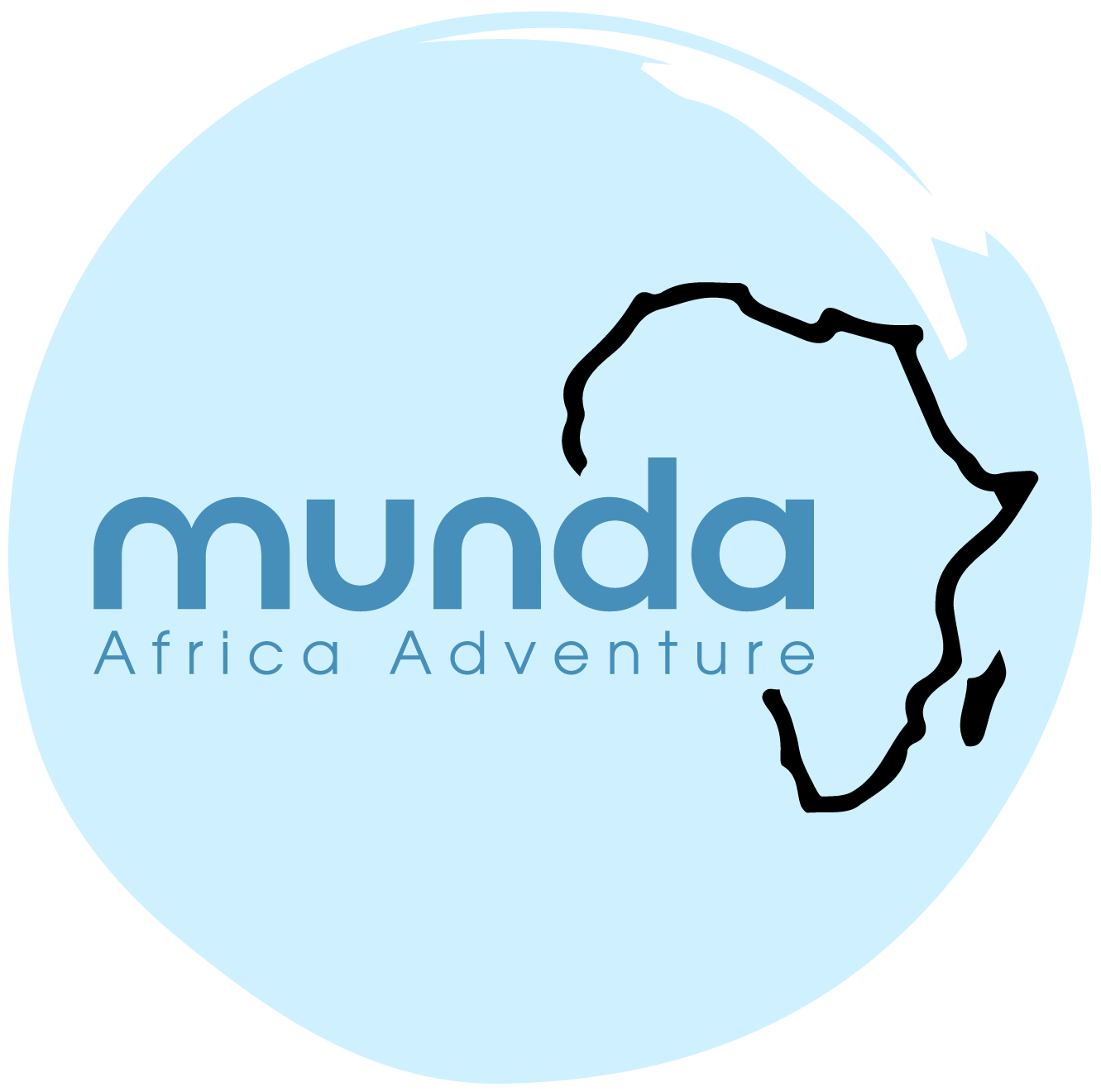Adventure on the Nile
The Nile River offers some of the world’s most thrilling experiences, from bungee jumping to quad biking, horseback riding, and, of course, whitewater rafting. Rafting the Nile is more than just an adventure—it’s a chance to navigate the rapids of the world’s longest river. Jinja’s rapids, rated as Class 4 and 5, are considered among the best for whitewater rafting in Africa. The river that has sustained civilizations for centuries now offers adventurers the thrill of a lifetime as they tackle its surging waves.
What to Expect on Your Whitewater Rafting Journey
Your rafting day kicks off with a hearty brunch before heading to the riverbanks. Personal belongings are stored safely with the staff, and the adventure begins with an in-depth safety briefing. Highly experienced guides cover every detail, from proper paddling techniques to safety protocols, ensuring that every participant is well-prepared. You’ll learn how to grip the rope, manoeuvre through the rapids, and react if you fall into the water—staying calm is key.
Participants can choose between two routes: a more challenging Grade 4 and 5 rapid or a gentler Grade 3 for those seeking a less intense experience. For families, there’s also a slower float option that allows you to enjoy the river while avoiding the most powerful rapids. Before starting, everyone is required to disclose any medical conditions, as hypertension or anaemia can be safety concerns.
Once the helmets are on and waterproof gear is secured, the adventure begins. The first stretch of the river provides an opportunity for the guides to give additional hands-on training before the rapids grow fiercer. At each major rapid, the team votes on whether to take the easier route around the edges or dive straight into the heart of the rapid. If the majority opts for the tougher path, everyone prepares for an intense ride.
For experienced rafters, the middle of the rapids offers the most exciting, high-energy challenge, often resulting in capsizing for extra thrill. In contrast, novice groups may tackle the rapids at their gentlest points, or, if the rapid proves too intense, bypass it entirely on foot. The unique thrill of each rapid depends largely on the navigational expertise of the guide, who ensures everyone’s safety while maximising the adventure.
The Rapids and the Nile’s Beauty
There are nine major rapids along the main rafting route, four of which are classified as Grade 5, offering heart-pounding moments. Between these rapids are stretches of calm water where participants can relax, swim, and take in the stunning scenery. These tranquil spots are perfect for recharging before tackling the next set of rapids. On a typical day, rafters can cover up to 26 kilometres of river, alternating between adrenaline-fueled cascades and peaceful, scenic floats.
The Nile isn’t just about the rapids—it’s a river rich with life. As you drift downstream, you’ll likely spot local fishermen casting nets or hanging clothes out to dry along the banks. Birdwatchers will delight in the over 100 bird species that call this region home, while observant adventurers might even catch sight of vervet monkeys swinging through the trees along the riverbanks.
At the end of your rafting adventure, you’ll be treated to a small celebration, complete with drinks and plenty of stories to share. Transportation back to the lodge ensures you can relax and reflect on an unforgettable day on the mighty Nile River.
